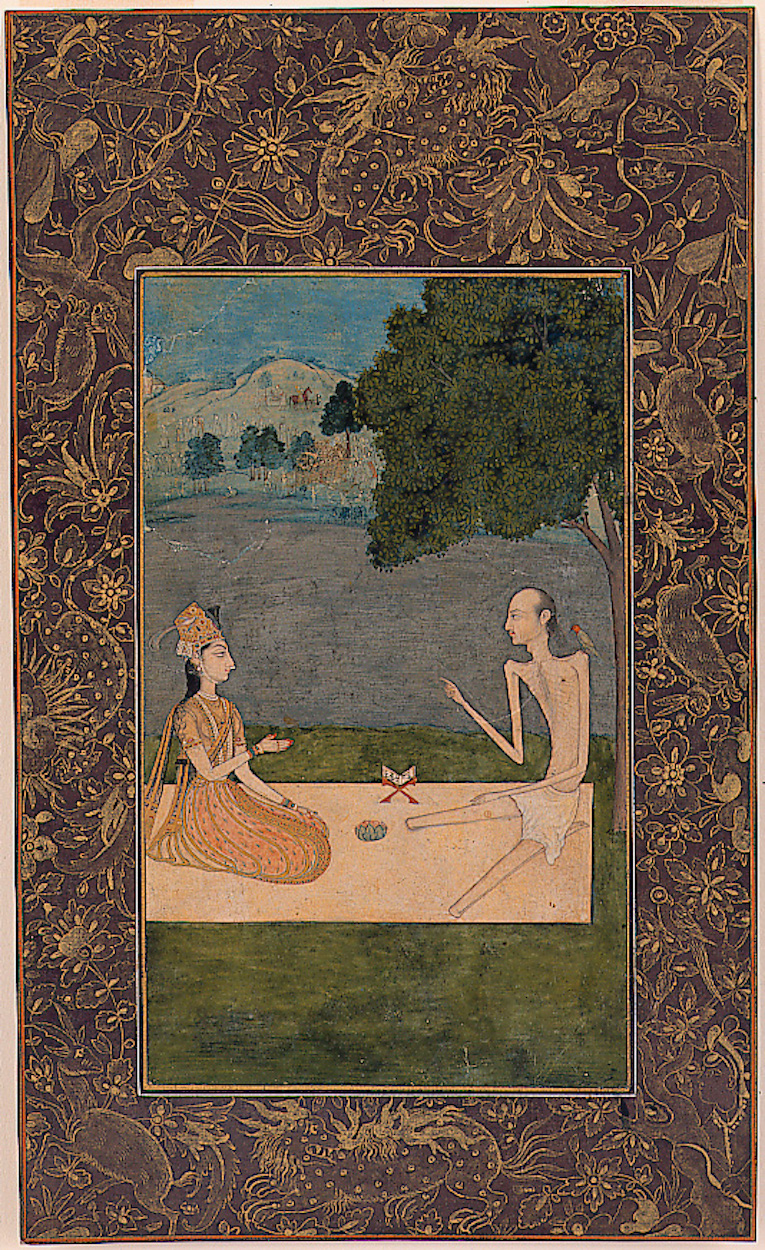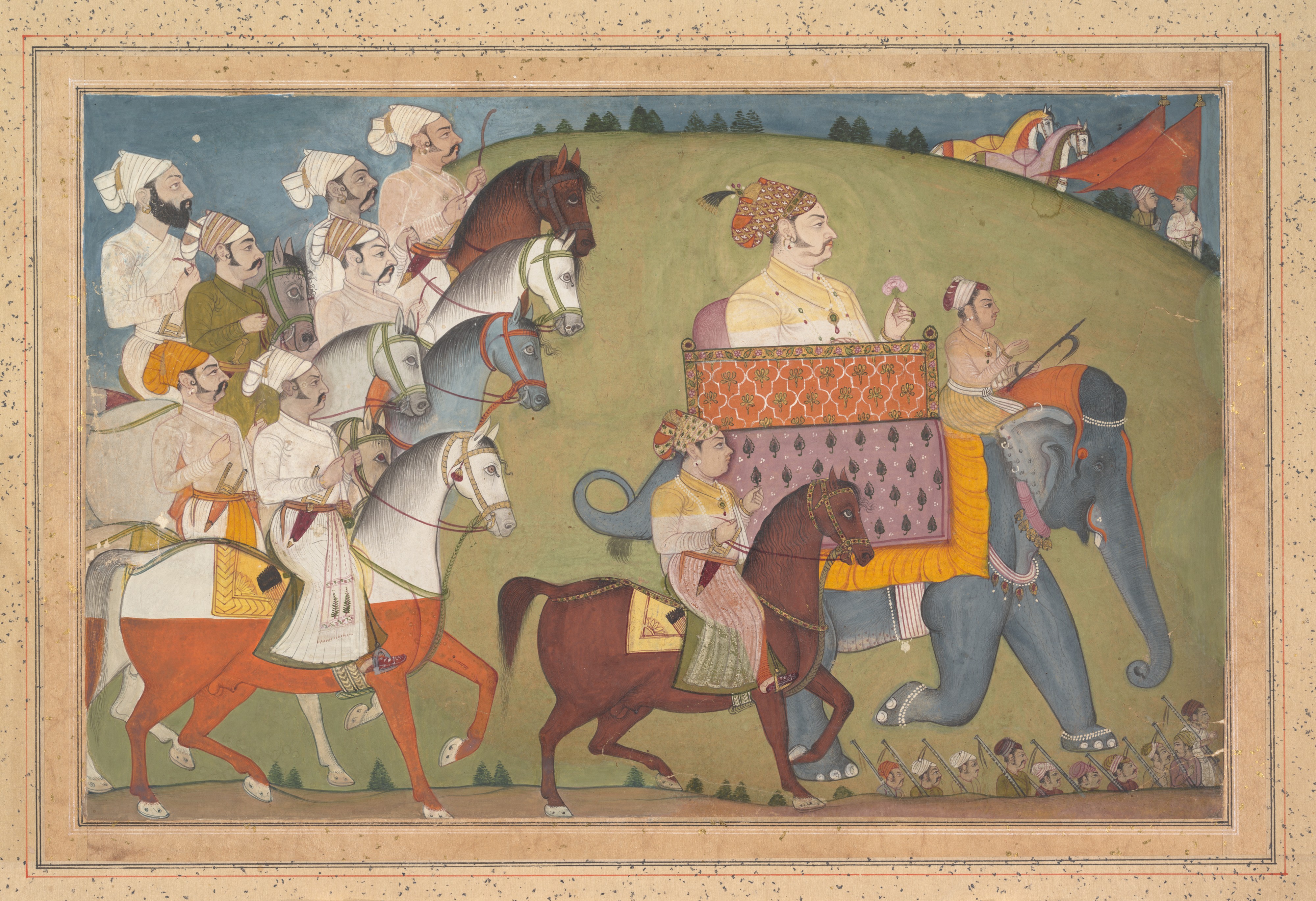Laila and Qays lived in Northern Arabia in the 7th Century. The tragic tale of their unconsummated love has been told many times in Arabic, Persian, Turkish, Azerbaijani, and Indian cultures and has provided great artistic inspiration. Aside from paintings, there are poems, songs, plays and (even recent) Bollywood movies about them.
Qays was a young poet who was intensely in love with Laila and unreserved in his affection for her. Although Laila loved him too, her family thought Qays to be mentally unstable and found his audacious admiration of Laila inappropriate. When Qays asked for Laila's hand in marriage, her family turned him down and married her off to another man. Forbidden from being with his beloved, Qays lost all motivation to live and wandered the forests in despair. He spent his days composing poetry and pining for Laila. This earned him the title of Majnun (one possessed with love).
According to some Indian folklore, the ill-fated couple eventually ran away together and died in the desert while being pursued by Laila's family. Just before their death, they found refuge in Binjaur, a small Indian village on the Indo-Pak border. Though disputed, locals believe that Laila and Qays are buried here and revere their graves as a symbol of love. The mazar (mausoleum) continues to attract many tourists each year.
Today’s artwork is a miniature painting by Nihal Chand, an esteemed court artist of the Kishangarh school. It features a well-dressed Laila visiting a severely emaciated Majnun in the forest where she offers him food and urges him to eat.
- Maya Tola
P.S. King Pedro And Inês de Castro – What Life Took Apart, Death Put Back Together—read here about another love story immortalized in art!


 Nihal Chand
Nihal Chand